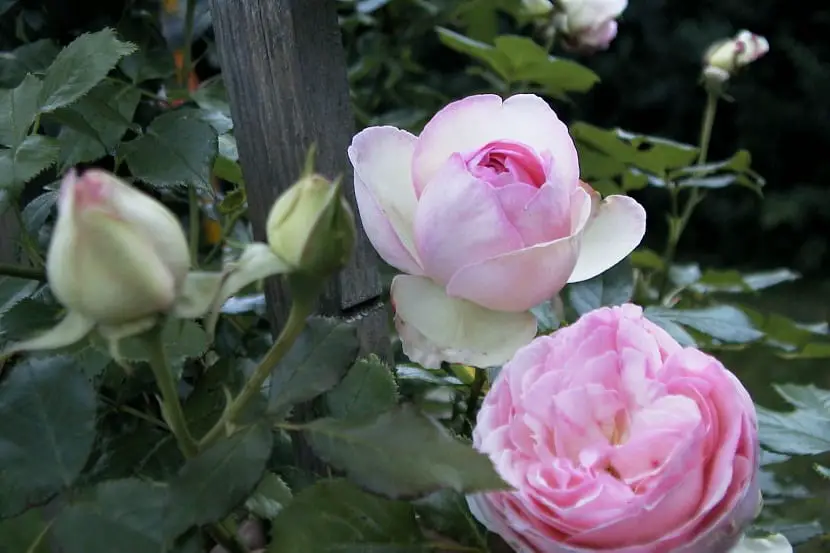
The Rose ‘Madame A. Meilland’ is a fast growing and very hardy species. It has large flowers that vary from cream to canary yellow with petals bordered with pinkish purple and carmine. The flower is a round cut, 10 to 15 cm in diameter, composed of 40 to 45 petals, dark green, lustrous foliage and growing blooms.
It is a deciduous rose, so in the fall season it loses its leaves, and then shows its new foliage in spring. It is a kind of fertile, humid and well-drained soil.
From

Perhaps one of the most famous roses of Meilland is undoubtedly the Rose ‘Madame A. Meilland’ or Rosa Peace. It is a kind of large deeply aromatic flowers. These exquisite flowers were cultivated by Francis Meilland in 1935, who later sent buds of this to other countries to prevent it from being devastated by the terrible effects of the war. its sale began in early 1945year in which the Second World War ended under the name Rosa Peace or rose of peace.
Care of the Rose ‘Madame A. Meilland’
For being about plants with very deep rootstry to open a hole that is deep and about twice the width of the roots, then mix enough composted organic matter. You can also apply a little common fertilizer to the surrounding soil.
Remove the plants from their pots and carefully spread the roots before placing them in the center of the hole. Make sure that the union of the buds (the point where the cultivated rose has been grafted onto the stock, and from where the buds emerge) is at ground level. Once they are at the correct height, fill in the hole again, carefully firming up the soil before you proceed to properly water the plant.
Water with plenty of water until you make sure it is well reaffirmed and now yes, apply a special fertilizer for roses in spring. It is also recommended that you apply a manure blanket, also in spring, but away from the stems.
Due to the thorny nature of the plant, it is recommended to use hard gloves. Pruning should be done in late winter or early springremoving all the stems that you notice are dead, damaged or weak. The younger the stems, the better the flowers will be in hybrid teas, so if you notice that the plant is getting congested, then proceed to cut off one or two of the older stems, which will help open up the center of the plant.
Then you trim the strongest stems at a distance of approximately 10 to 15 cm from the base.leaving four to six buds on each stem. Lastly, cut the thinnest stems 5-10 cm from the base, leaving about two to four buds per stem.
Parasites and diseases

The Rose ‘Madame A. Meilland’ does not escape the most common diseases of rose bushes, among which are counted; rose white (powdery mildew), black spots (marsonia), rust or gray mold (botrytis), but easily treated when symptoms are caught earlynor does it escape from aphids.
Rose white, also called powdery mildew, is a common disease caused by fungi belonging to different genera. In the case of roses, powdery mildew is produced by Podophaera pannosa. Heat and moderate humidity favor mold growth. It is less virulent during rainy periods. The disease of the black spot or marsonia is a disease caused by several fungi, one of them is Marssonina rosae. Heat and humidity favor the appearance of this disease.
Rust is a nicotic disease that extremely weakens the plant, it is caused by various microscopic fungi that are specific for each species of plant. In the case of the rose bush, it is Phragmidium mucronatum. Mold is favored by a hot, humid climate, a confined atmosphere. Botrytis is a disease caused by a non-specific microscopic fungus (Botrytis cinerea) that can affect many plants. This fungus works in a warm and saturated humidity. In the garden it is observed in humid climate in varieties with double flowers, without causing inconvenience to the rose.
